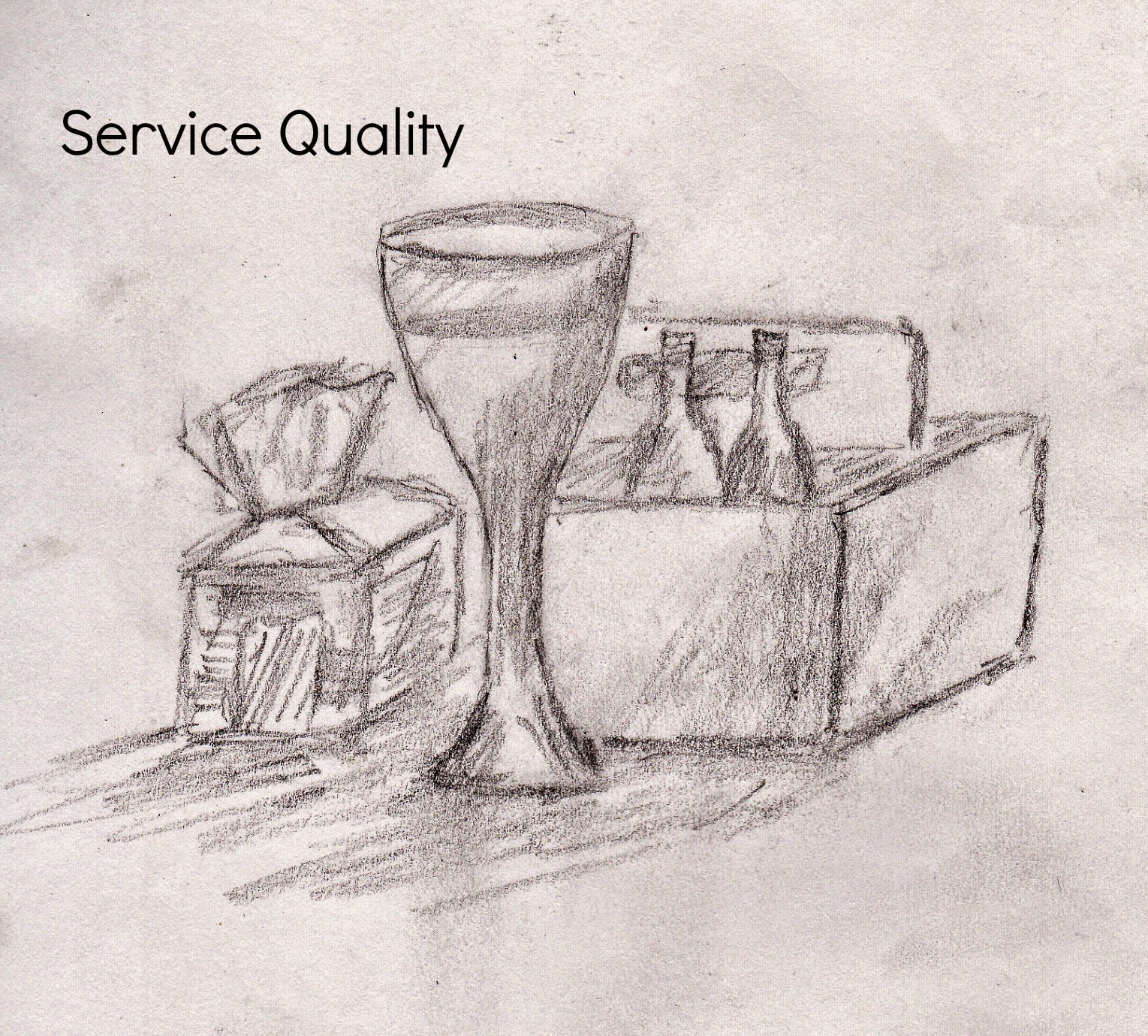The beauty of young people is that they are motivated and adaptable. A company could take in a fresh face and over time train them to successfully navigate their work environment. Corporate training can instill new knowledge, skills and abilities (KSA's) to ensure they can operate, build and/or sell new products/services. Young people seeking careers are willing receptors for knowledge.
Outside of corporate training students may come with a college degree that certifies that a level of knowledge has been obtained. That education will come with both general skills and industry specific skills. General skills apply to multiple industries and often focus on skills such as mathematical and writing while specific skills are focused more on those that are most applicable to their chosen industries.
Each regional area is comprised of various kinds of businesses that need their own type of skills. In San Diego you will find industries in blue technology, pharmaceuticals, military, science, micro-manufacturing, hospitality, tourism, and technology making the biggest industry employers readily apparent. Those employers need qualified talent that can fill their needs without adding significantly to their training budget.
The problem of misalignment between jobs and skills is not unique to San Diego. However, by encouraging the development of basic skills in high school and more specific skills in college the gap doesn't need to be as wide. Corporations will be required to train graduates to the specific needs of their company.
Some cities have put in place work oriented programs that retrain displaced and unemployed workers to fill local needs. At other times, corporations may band together and sponsor training programs that help them recruit top talent from the area. A few cities may actively seek specific skills by targeting people from other areas that work in related industries.
Developing skills locally by partnering with community colleges and universities helps in creating a home grown pool of talent. Where gaps still exist training should take precedence that encourages the closing of the skills gap. Feeding San Diego's businesses with qualified talent helps ensure that future investment and growth are possible when the time rises."Put your time, effort and money into training, grooming, and encouraging your greatest asset."- Tom Hopkins









